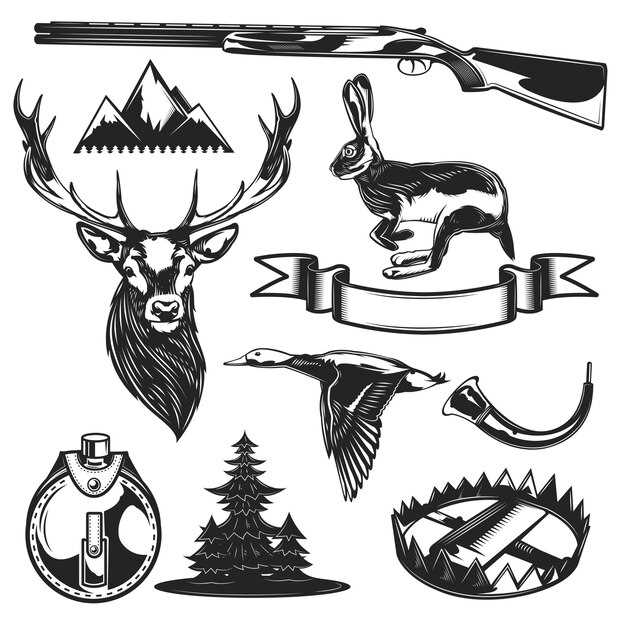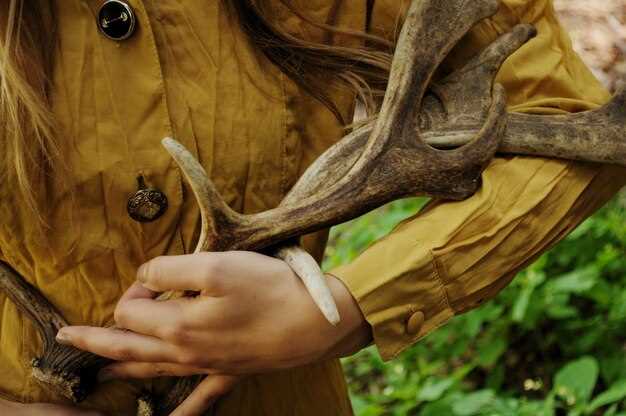
In the world of bow hunting, decoys can be a game-changer, particularly when targeting whitetail deer. These strategies rely on the instinctive behaviors of the deer, making it essential for hunters to understand how to effectively use decoys to attract their quarry. When executed correctly, decoying can not only enhance the odds of a successful hunt but also create a more immersive experience in the field.
Whitetail deer are social animals, often drawn to the presence of others in their environment. Decoys serve as a tool to exploit this natural tendency. By mimicking the appearance and behavior of deer, hunters can create a realistic scenario that lures in curious bucks, particularly during the rutting season when their territorial instincts are heightened. Understanding the right placement and movement of these decoys is crucial for maximizing effectiveness.
Additionally, the choice of decoy can significantly impact hunting success. Using a lifelike representation that mimics not just the size and color but also poses and movement patterns of a deer can lead to increased interest from passing deer. In this article, we will explore various decoy strategies tailored for bow hunters, examining techniques and gear that can turn an ordinary hunting trip into a triumphant experience.
Selecting the Right Decoy for Your Hunting Environment
Choosing the right decoy is crucial for effective bow hunting of whitetail deer. The type of decoy used can significantly impact your success, as it plays a pivotal role in luring deer into your shooting range. Understanding the specific characteristics of your hunting environment will help you make a more informed decision.
In open landscapes, such as fields or meadows, larger decoys can be more effective. They are easier for deer to spot from a distance, enticing them to approach with curiosity. Conversely, in dense woods or heavy cover, smaller, more portable decoys can be advantageous. These allow for easier positioning and reduce the risk of detection by nearby deer.
The time of year also influences the choice of decoy. During the rut, using a buck decoy can attract does and other bucks, capitalizing on their instinctual behavior to challenge rivals. In early season or late season, a fawn decoy can be effective for luring does looking to add security to their immediate surroundings. Matching the decoy’s appearance to the local deer population enhances its effectiveness.
Additionally, consider the color and movement of the decoy. Realistic colors that mimic the natural shading of deer allow the decoy to blend into the environment, reducing the chance of spooking nearby animals. Incorporating motion, such as a tail that sways in the wind, can provide the illusion of life and draw deer in closer.
Lastly, knowing the wind direction is vital when selecting your decoy. Place it in a location that will direct any deer approaching towards you, while ensuring that your scent does not drift in their direction. Careful decoy placement paired with an understanding of deer behavior will maximize your chances of a successful hunt.
Techniques for Positioning Decoys to Attract Whitetail Deer

Successfully attracting whitetail deer with decoys requires careful consideration of their placement and environmental factors. Here are several techniques for positioning decoys effectively:
- Understanding Wind Direction
Always position decoys with consideration of the prevailing wind. Deer have a keen sense of smell, and placing decoys downwind can help create a more realistic scenario as deer approach from upwind.
- Choosing Strategic Locations
Select areas where deer naturally travel. Common spots include:
- Trails leading to food sources
- Near water sources
- Along the edges of wooded areas
- Spacing and Grouping
The arrangement of decoys can simulate social behavior. When using multiple decoys:
- Place them at different distances to create depth
- Group them closely to mimic a natural herd
- Vary the positioning to reflect natural interactions
- Utilizing Natural Cover
Incorporate natural elements such as trees, shrubs, or tall grass to conceal your decoys partially. This makes the setup less intrusive and more realistic, allowing deer to approach with confidence.
- Adjusting for Time of Day
Set decoys strategically based on the time of day. For instance:
- During dawn and dusk, position decoys near feeding areas
- During midday, move decoys closer to bedding sites
- Incorporating Movement
If possible, use decoys that can simulate movement, such as those with spinning features or attachments that mimic natural motion. Movement draws attention and can entice curious deer to approach.
By employing these techniques, you can enhance your chances of attracting whitetail deer while hunting. Each hunting environment is unique, so be prepared to make adjustments to your decoy positioning as needed.
Timing Your Decoy Use for Peak Deer Activity

Understanding the optimal times for utilizing decoys is crucial for successful whitetail deer hunting. During the peak activity periods, such as early mornings and late afternoons, deer are more likely to be on the move, making them more susceptible to luring techniques. These timeframes coincide with their natural feeding and mating habits, significantly increasing the chances of encountering deer.
During the rut, which typically occurs from late October to early December, using decoys becomes particularly effective. Male deer are highly motivated to seek out does, and a well-placed decoy can convincingly simulate a target they are eager to investigate. This is the prime time for hunters to strategically position their decoys, as the added element of a visual attraction can draw in both bucks and does.
Weather conditions also play a vital role in deer movement. Overcast days and light rain can increase deer activity, providing an excellent opportunity to deploy decoys. Use these situations to your advantage by setting up shortly before peak activity periods, allowing ample time for your decoy to attract nearby deer.
Moreover, monitoring the moon phases can be beneficial. Deer are often more active around a full moon, and hunters should adjust their decoy strategies accordingly. Positioning decoys during these times can amplify the chances of luring deer into shooting range.
In summary, successful decoy use hinges on timing. By selecting early mornings, late afternoons, rut periods, and favorable weather conditions, you can enhance the effectiveness of your luring strategies and increase your chances of a successful hunt.


